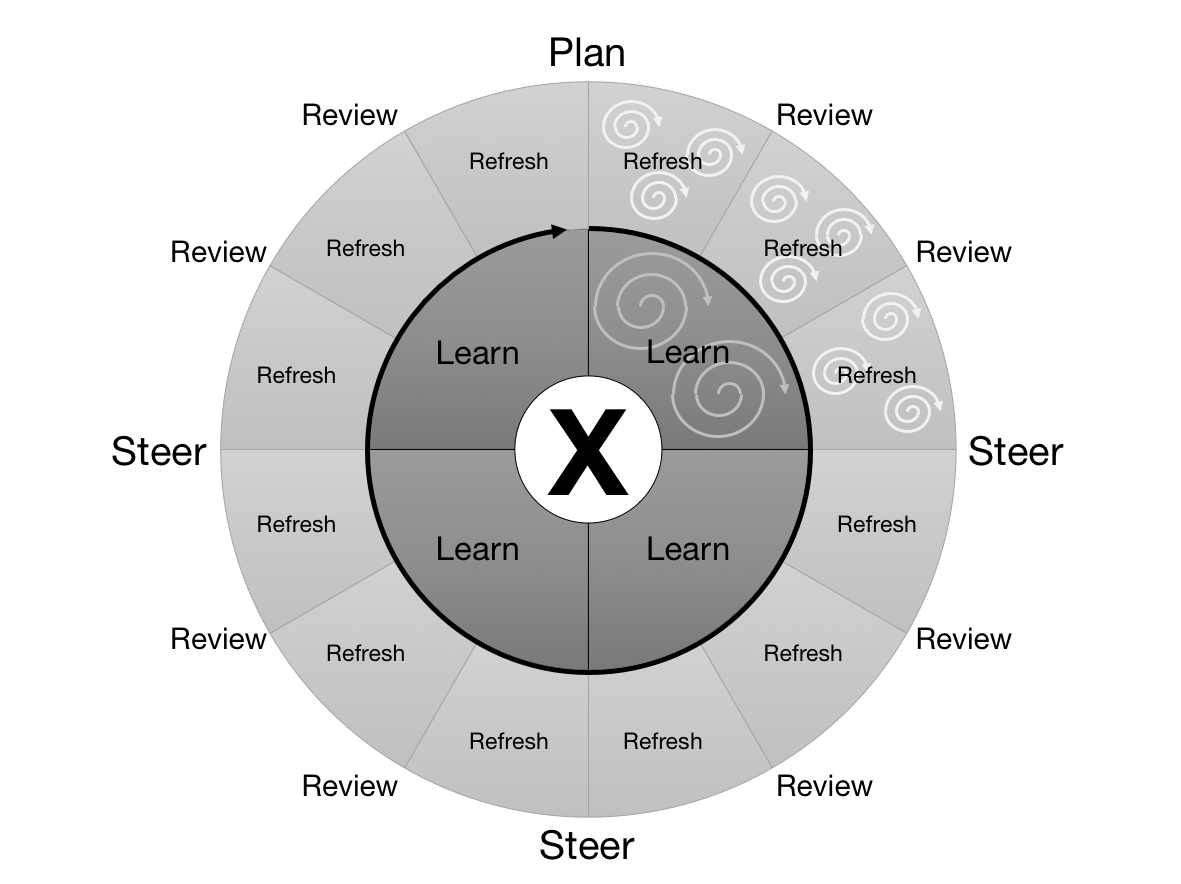A Strategy Deployment Cadence
A Strategy Deployment cadence is the rhythm with which you plan, review and steer your organisational change work. When I blogged about cadence eight years ago I said that… “cadence is what gives a team a feeling of demarcation, progression, resolution or flow. A pattern which allows the team to know what they are doing and when it will be …

